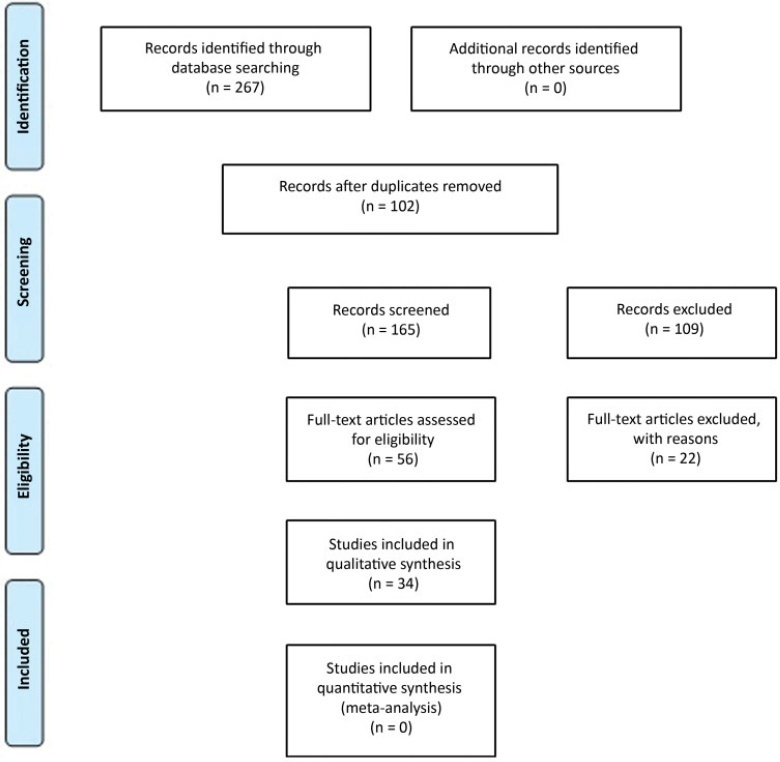Summary
Revista Brasileira de Ginecologia e Obstetrícia. 2022;44(4):409-424
To estimate the prevalence of inadequate vitamin D level and its associated factors for women of childbearing age in Brazil.
A systematic reviewwas conducted (last updatedMay 2020).Meta-analyses were performed using the inverse-variance for fixed models with summary proportion calculation by Freeman-Tukey double arcsine. Reporting and methodological quality were assessed using the Joanna Briggs Institute tool for prevalence studies.
Our review identified 31 studies, comprising 4,006 participants. All the studies had at least one weakness, mainly due to the use of convenience sampling and small sample size. The overall prevalence of vitamin D deficiency, insufficiency, and both deficiency and insufficiency were 35% (confidence interval, 95%CI: 34-37%), 42% (95%CI: 41-44%), and 72% (95%CI: 71-74%), respectively.
Although the magnitude of the prevalence of inadequate levels of vitamin D is uncertain, the evidence suggests that presence of vitamin D deficiency or insufficiency in women of reproductive age can cause moderate to severe problems.
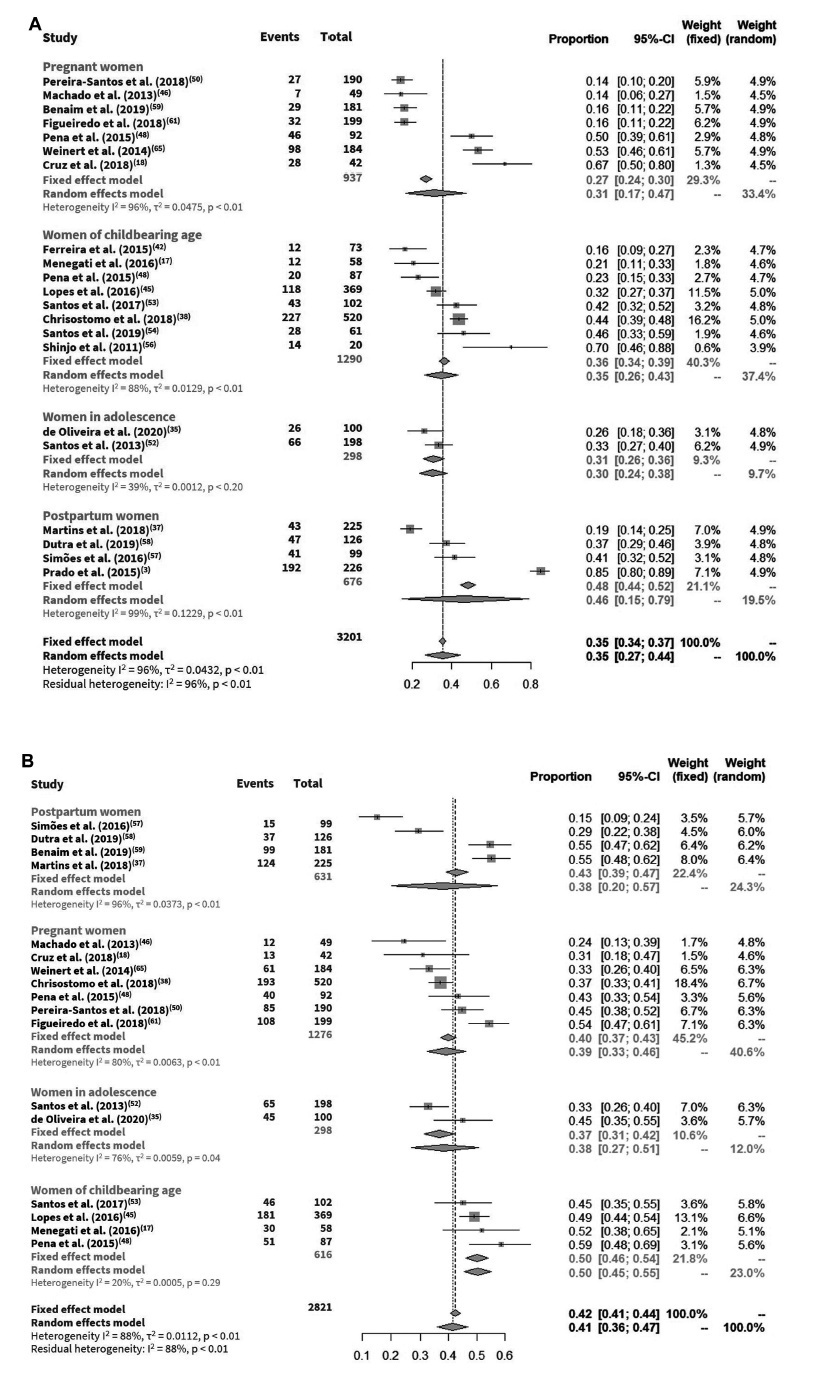
Summary
Revista Brasileira de Ginecologia e Obstetrícia. 2022;44(6):593-601
Sickle cell disease (SCD) is the most common monogenic disease worldwide, with a variable prevalence in each continent. A single nucleotide substitution leads to an amino-acid change in the β-globin chain, altering the normal structure of hemoglobin, which is then called hemoglobin S inherited in homozygosity (HbSS) or double heterozygosity (HbSC, HbSβ), and leads to chronic hemolysis, vaso-occlusion, inflammation, and endothelium activation. Pregnant women with SCD are at a higher risk of developing maternal and perinatal complications. We performed a narrative review of the literature considering SCD and pregnancy, the main clinical and obstetrical complications, the specific antenatal care, and the follow-up for maternal and fetal surveillance. Pregnant women with SCD are at a higher risk of developing clinical and obstetric complications such as pain episodes, pulmonary complications, infections, thromboembolic events, preeclampsia, and maternal death. Their newborns are also at an increased risk of developing neonatal complications: fetal growth restriction, preterm birth, stillbirth. Severe complications can occur in patients of any genotype. We concluded that SCD is a high-risk condition that increases maternal and perinatal morbidity and mortality. A multidisciplinary approach during pregnancy and the postpartum period is key to adequately diagnose and treat complications.
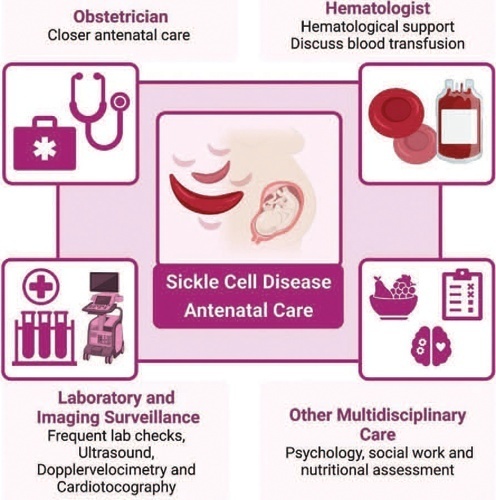
Summary
Revista Brasileira de Ginecologia e Obstetrícia. 2022;44(7):686-691
To review literature and estimate the occurrence of preeclampsia and its complications in Brazil.
We performed an integrative review of the literature, and included observational studies published until August 2021 on the SciELO and PubMed databases that evaluated preeclampsia among pregnant women in Brazil. Other variables of interests were maternal death, neonatal death, hemolysis, elevated liver enzymes, and low platelet count (HELLP) syndrome, and eclampsia. Three independent reviewers evaluated all retrieved studies and selected those that met inclusion criteria. A metanalysis of the prevalence of preeclampsia and eclampsia was also performed, to estimate a pooled frequency of those conditions among the studies included.
We retrieved 304 studies after the initial search; of those, 10 were included in the final analysis, with a total of 52,986 women considered. The pooled prevalence of preeclampsia was of 6.7%, with a total of 2,988 cases reported. The frequency of eclampsia ranged from 1.7% to 6.2%, while the occurrence of HELLP syndrome was underreported. Prematurity associated to hypertensive disorders ranged from 0.5% to 1.72%.
The frequency of preeclampsia was similar to that reported in other international studies, and it is increasing in Brazil, probably due to the adoption of new diagnostic criteria. The development of a national surveillance network would be essential to understand the problem of hypertensive disorders of pregnancy in Brazil.

Summary
Revista Brasileira de Ginecologia e Obstetrícia. 2022;44(3):304-310
To review data on the use of corticosteroids for the treatment of fetuses with high-risk congenital pulmonary adenomatoid malformation (CPAM).
Integrative review based on the literature available onMEDLINE and LILACS, including articles published until November, 2020.
The initial search resulted in 87 articles, 4 of which were selected for analysis, with all of them being retrospective descriptive observational studies. In the group of fetuses that received only a single corticosteroid cycle, the hydrops resolution rate was 70%, and the survival rate was 83.8%. In fetuses treated with 2 or more cycles of corticosteroids, there was an improvement in the condition of hydrops or edema in a single body compartment in 47%, and survival of 81.8% of the fetuses.
The use of corticosteroids for the prenatal treatment of high-risk CPAM appears to be associated with an improvement in perinatal outcomes.
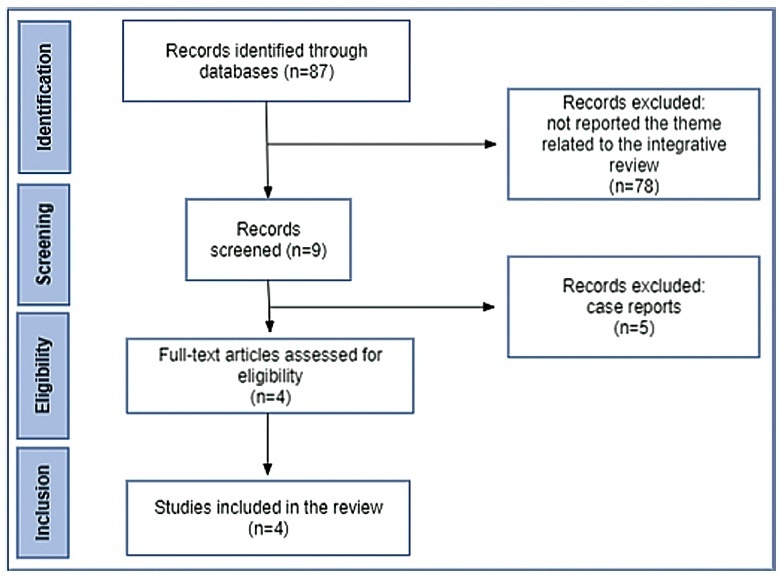
Summary
Revista Brasileira de Ginecologia e Obstetrícia. 2022;44(3):311-318
The present article presents a literature review concerning the microbiota of breast milk and the influence of epigenetics in the susceptibility to COVID-19.
A literature review.
Breastfeeding transfers microbiota, nutrients, diverse white blood cells, prebiotics, hormones, and antibodies to the baby, which provide short- and longterm immunological protection against several infectious, gastrointestinal, and respiratory illnesses. The little evidence available shows that breast milk very rarely carries the SARS-CoV-2 virus, and even in those cases, it has been discarded as the source of contagion.
The reviewed studies show evidence of a beneficial effect of breastfeeding and highlights its importance on the current pandemic due to the immune reinforcement that it provides. Breastfed individuals showed better clinical response due to the influence on the microbiota and to the nutritional and immune contribution provided by breast milk, compared with those who were not breastfed.
Summary
Revista Brasileira de Ginecologia e Obstetrícia. 2021;43(12):968-979
The aim of the present systematic review meta-analysis is to assess the effect of olfactory stimulation on reducing dysmenorrhea.
Systematic search was conducted in several databases, such as PubMed, Web of Science, Cochrane, and Scopus, to identify relevant research up to October 26, 2019. The identified studies were evaluated based on a modified Jadad scale. The intervention involves aromatherapy alone or in combination with essential oils. There was no restriction for the control group such as a placebo group or other common treatments. The Comprehensive Meta-Analysis Version 2 (Bio stat, Englewood, NJ, USA) was used for meta-analysis. Cochran’s Q and I2 tests were utilized.
The findings of our meta-analysis, which contained 13 trials (15 data), showed that dysmenorrhea decreased significantly in the group receiving aromatherapy with herbal compared with the control group (standardized mean difference [SMD] =-0.795; 95% confidence interval [CI]: -0.922 to- 0.667; 17 trials O < 0.001); heterogeneity; I2 = 19.47%; p = 0.236). In addition, four studies with insufficient data were not included in our meta-analysis. The results of all studies suggested that aromatherapy with herbal medicine group compared with control group is effective.
Aromatherapy with herbal medicine decreased dysmenorrhea. This treatment was particularly effective when aroma oil was combined with massage or when a mixture of aroma oil was used for the treatment of dysmenorrhea.
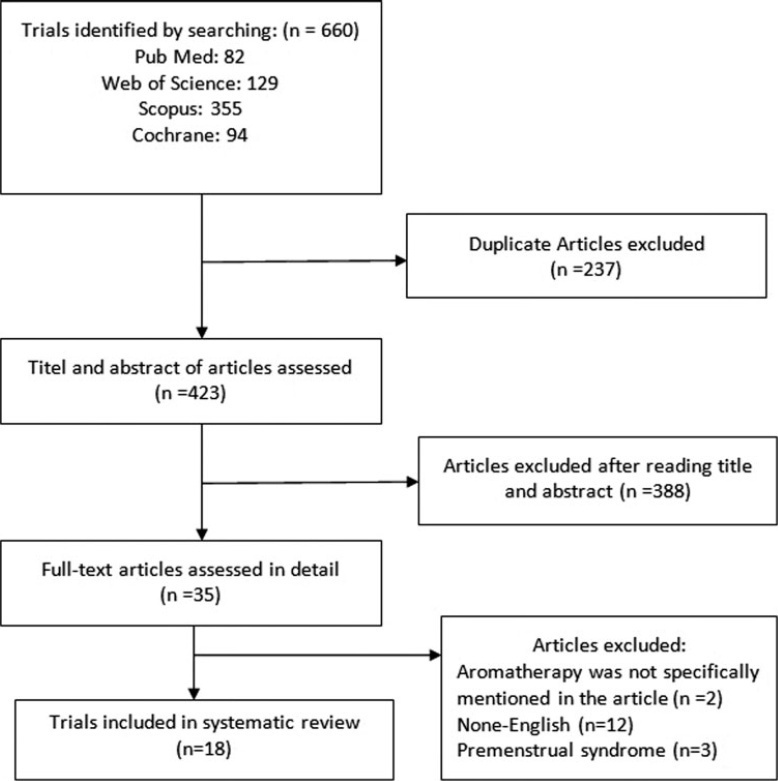
Summary
Revista Brasileira de Ginecologia e Obstetrícia. 2021;43(12):961-967
To evaluate the differences between bladder emptying options (permanent catheterization and intermittent bladder emptying/spontaneous urination) regarding the effects on labor length, need of operative vaginal deliveries, and cesarean section rate.
The search was conducted in MEDLINE, Scopus, Web of Science, and The Cochrane Central Register of Controlled Trials databases.
The survey returned 964 studies. A total of 719 studies were evaluated by title and abstract, of which 4 were selected for inclusion.
All references were inserted in the Rayyan QCRI tool (Rayyan Systems Inc., Cambridge, MA, USA). The full text of the selected articles was obtained so we could later decide whether or not to include them in this systematic review.
No differences were found in the number of instrumented deliveries or in cesarean section rate between groups.
After evaluating the studies performed on the topic, we concluded that there is no clear advantage to either method, although continuous catheterization was associated with a greater occurrence of eutocic births. In the remaining outcomes, there were no differences between catheterization types.

Summary
Revista Brasileira de Ginecologia e Obstetrícia. 2021;43(12):949-960
To analyze the clinical and obstetric aspects of pregnant women with COVID-19.
A systematic literature review in the MEDLINE/PubMed, LILACS, SCIELO, and CNKI databases was performed from March to May 2020, with the descriptors: Pregnancy; 2019-nCov; Coronavirus; SARS-Cov-2, Covid-19. Of those chosen were original titles, without language and period restriction and that addressed pregnant women with a clinical and/or laboratory diagnosis of COVID-19. Revisions, editorials, and duplicate titles were excluded. The Newcastle-Ottawa (NOS) and Murad et al. scales were used to assess the quality of the studies.
We included 34 articles with 412 pregnant women infected with severe acute respiratory syndrome (SARS-Cov-2), with an average age of 27.5 years of age and 36.0 gestational weeks. The most common symptom was fever (205 [49.7%]), and 89 (21.6%) pregnant women progressed to severe viral pneumonia. Laboratory tests showed an increase in C-reactive protein (154 [37.8%]), and radiological tests showed pneumonia with peripheral ground-glass pattern (172 [51.4%]). Emergency cesarean delivery was indicated for most pregnant women, and the most common gestational complication was premature rupture of ovarian membranes (14 [3.4%;]). We detected 2 (0.5%) neonatal deaths, 2 (0.5%) stillbirths, and 1 (0.2%) maternal death.
Pregnant women with COVID-19 presented a clinical picture similar to that of non-infected pregnant women, with few obstetric or neonatal repercussions. There was a greater indication of cesarean deliveries before the disease aggravated, and there was no evidence of vertical transmission of the infection.
